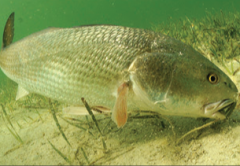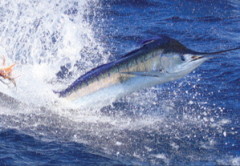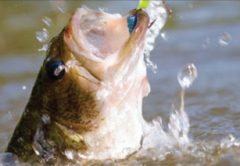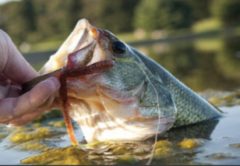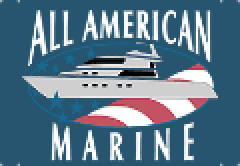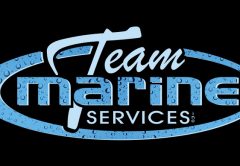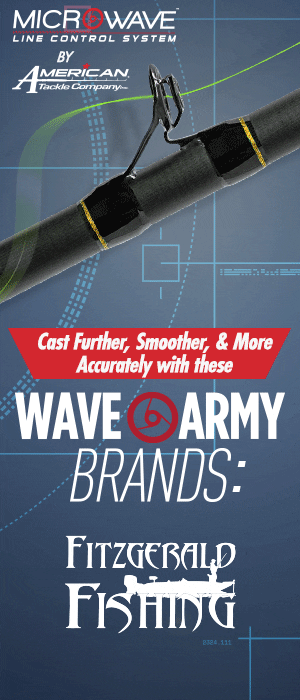Hot days in Central Florida signal anglers to fish early and late, but the noon bite is still fire until mid-summer sets in. June marks the beginning of our Atlantic Hurricane season. Water levels will be the key to finding fish. Low water levels in June mean there are fewer deep places to hide. If we get big rains, pastures flood giving fish many hiding places.
Bass: Schooling bass can be found at first light at the mouths of Lakes Monroe and Harney feeding on shad. The water temperature at the mouth of the Wekiva River is cooler and will hold nice sized fish ready to eat Carolina rigged plastic worms, White flukes, swim baits, and rattling lipless crank baits (Rattle Traps). Pitching creature-style baits into the edges of lily pads or deep holes in the backwaters will yield the largest fish. Tip: tie on a Heddon Spook Jr in bone color for big bass at daybreak fishing edges near deeper water.
Catfish: Now is the time to catch large blue channel catfish. When rainwater flushes out of the creeks and rivers, the cats swim upstream to find forage and nesting areas. Chunks of mullet, peeled shrimp, beef or pork liver, and artificial stink baits are best baits. Use a foot of 20lb. test fluorocarbon leader and a 2/0 circle hook pinned with just enough weight to hold the bottom. Tip: Try a sliding egg sinker and allow the bait to roll along the bottom in a river bend. Cast the bait upstream and let it roll into the hole.
Panfish: Spawning will taper off in June. Best bets are full and new moons. Look for beds in the straight areas of the river along the bank in 2-5 feet of water. Bluegills like sandy bottom or shell bottom for nesting. Use worms, grass shrimp and crickets for best results. Try a piece of 8lb. test fluorocarbon leader for more hookups.




